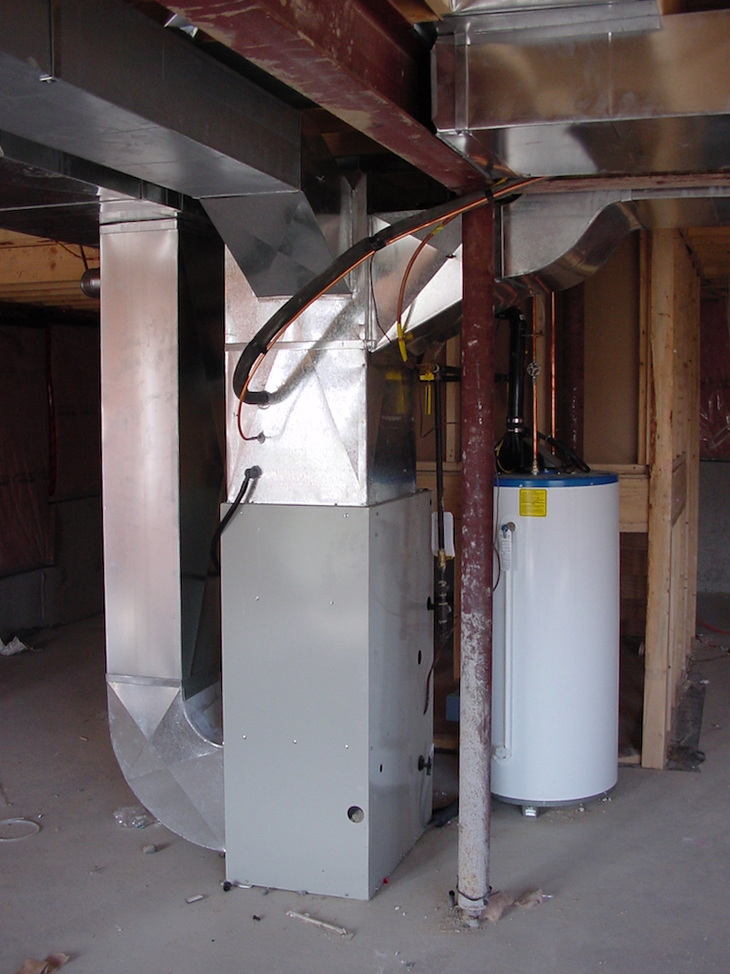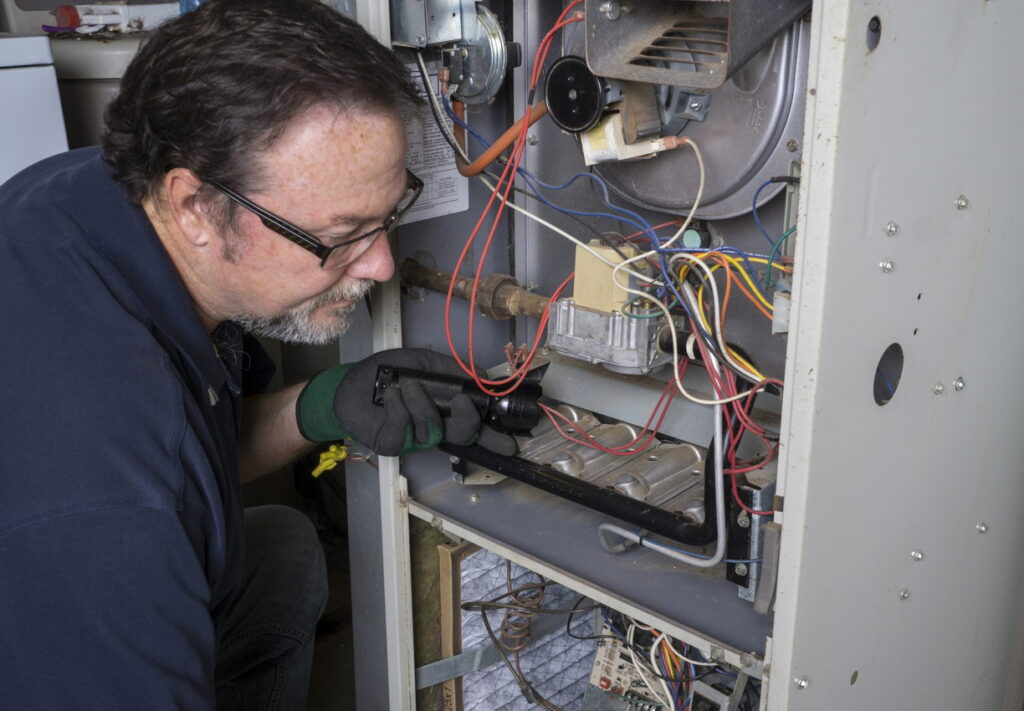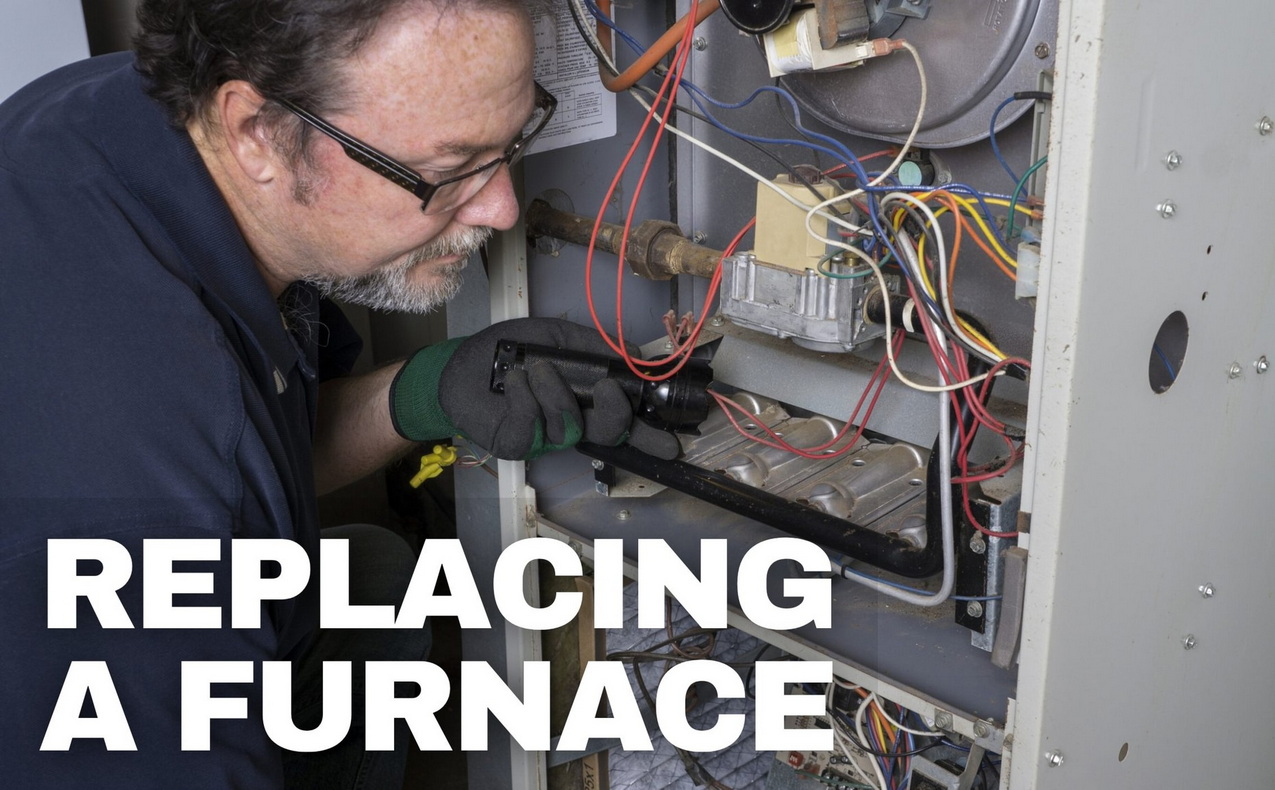Are you considering replacing your gas furnace? Natural gas is one of the most economical sources of energy for home heating.
That’s why, according to the Natural Gas Supply Association, 62 million homes (56 per cent of the North American total) have a natural gas furnace. It’s the most popular heating option and has been for years.
Judging by the number of emails I get from people wondering about (and worrying about) their gas furnace heating system, furnace replacement is a hot topic. More than most nations in the world, we rely on modern furnaces to keep our homes liveable in winter.
This is why gas furnace replacement is top-of-mind for many Canadians who own a gas furnace that is more than 15 years old.
How old is old enough for a new high-efficiency furnace installation? What gas furnace cost am I looking at? What new high-efficiency furnaces are best? What do I need to optimize my energy efficiency? How do I choose an HVAC contractor to put in my new gas furnace?
These are typical questions I get, and there are three things to keep in mind as you manage your gas furnace installation.
Is it time to replace my gas furnace?

Most gas furnaces use natural gas, and we’re lucky to have abundant supplies in this country. Except for short-lived price spikes, there’s no better way to lower energy bills than a high-efficiency furnace.
Is your current gas furnace getting close to 20 years old? If so, you’ve done well, and you can go ahead and have a new gas furnace installed knowing you haven’t much furnace life left. But what about a furnace that’s 12 to 15 years old and breaks? Should you get an HVAC contractor to fix your old gas furnace or replace it?
Start by calculating the amount of financial life left in your current gas furnace. If the cost to install your existing furnace was $6,000, and assuming a 20-year lifespan, that makes for annualized installation costs of $300. This means your 15-year-old furnace may well have five years x $300 of life left. That’s $1,500. Is it worth paying $200 for a simple sensor repair that will allow you to probably benefit from the remaining $1,300 of life? Perhaps, but this is where your personality and risk tolerance come in. Is it worth spending $1,000 on a new heat exchanger? I’d say not.
What brand gas furnace to buy?

This is the most common question I get from homeowners, but there’s more to it than just brand. The competence and diligence of your local HVAC contractor is at least as important as brand because your local dealer puts the people with boots in your basement.
As with any expensive home issue, ask friends and family who they’ve gone with and their experience with the dealer. When you’ve got three furnace dealer names, call them up and ask about their service policies and warranties and the brands they sell. Then ask for customer references and check them out.
What type of gas furnace makes sense?
There are four main types to consider:
- Single stage
- Dual stage
- Variable/multi-speed
- High-efficiency modulating
The challenge is making sense of gas furnace installation options, and this is where research beyond just cost is vital. One of the best sources of Canadian gas furnace information I’ve found is called FurnacePrices.ca. Their free, online gas furnace guide delivers all the information on new furnace selection that anyone could want.

Insulation matters (a lot)
All the talk about furnace efficiency and cost means little if you haven’t already insulated your home to optimal levels. If your attic currently has eight inches of insulation and you increase this to 22 inches, you can easily save enough money each year to pay for a week-long tropical vacation at an all-inclusive resort.
Walls are more challenging to insulate, but adding an extra layer of rigid foam to exterior walls will save substantial money while also making your house more comfortable. A well-insulated home at 21 C (70 F) is more comfortable than a poorly insulated home at 21 C because of the cold zones and drafts you’ll feel.
Natural gas furnaces offer a terrific home heating option, and people with access to this fuel source are shocked to find how much more expensive it would be if they had to use a propane furnace or electric furnace for heating. Take your natural gas bill and multiply it by four and this is what a sizeable number of people pay to heat with electricity or propane.
As usual in life, the better informed you are, the better a decision you’ll make on a new heating system. When it comes time to change your furnace, do your research and you’ll enjoy another 15 or 20 years of some of the cheapest and most reliable home heating on the planet.







